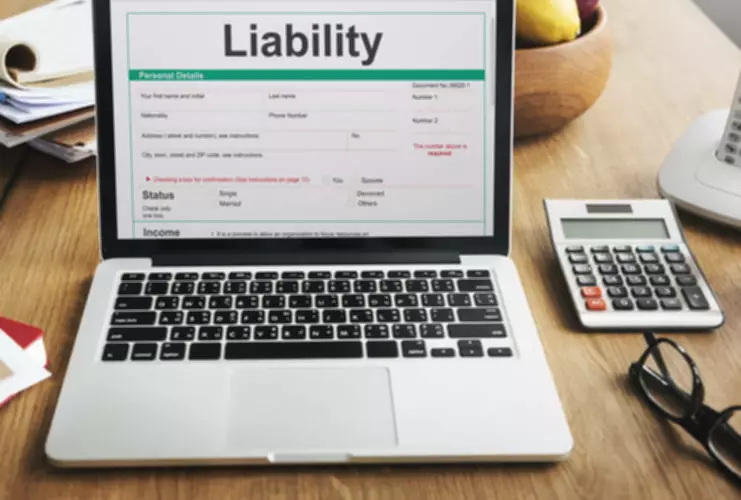Content

Other software, such as Zoho Books’ free plan, requires you to make manual journal entries. If your credit entries don’t match your debit entries, you’ll likely need to identify the accounting error and then make an adjusting entry to bring your books back into balance. Double-entry accounting is a system that requires two book entries — one debit and one credit — for every transaction within a business. Your books are balanced when the sum of each debit and its corresponding credit equals zero. Contrary to single-entry accounting, which tracks only revenue and expenses, double-entry accounting tracks assets, liabilities and equity, too. To account for the credit purchase, entries must be made in their respective accounting ledgers. Because the business has accumulated more assets, a debit to the asset account for the cost of the purchase ($250,000) will be made.

To prevent this from happening, you should complete a process called account reconciliation on a regular basis to keep your books accurate. That means you match every transaction in your accounting software to its corresponding bank statement.
Example 3: Paying for Business Expenses
An incorrect amount was entered both as a debit and as a credit. The emergence https://quickbooks-payroll.org/ of double-entry has been linked to the birth of capitalism.
- Two notable characteristics of double-entry systems are that 1) each transaction is recorded in two accounts, and 2) each account has two columns.
- Bookkeeping and accounting are ways of measuring, recording, and communicating a firm’s financial information.
- The profit and loss statement shows the revenue, costs, and profit/loss for a certain period.
- In other words, the closing balance of these accounts in one accounting year becomes the opening balance of the succeeding accounting year.
- So to record the sale, you would enter the amount as a debit under an asset account and a credit under an expense account.
Without double entry accounting, it is only possible to report an income statement. This means that determining the financial position of a business is dependent on the use of double entry accounting. A debit entry will increase the balance of both asset and expense accounts, while a credit entry will increase the balance of liabilities, revenue, and equity accounts. Just as assets are on the left side of the accounting equation, the asset accounts in the general ledger have their balances on the left side. To increase an asset account’s balance, you put more on the left side of the asset account. To decrease an asset account balance you credit the account, that is, you enter the amount on the right side.
Double Entry System: Defined, Features & Principle Explained
With a double entry system, credits are offset by debits in a general ledger or T-account. You invested $15,000 of your personal money to start your double entry accounting catering business. When you deposit $15,000 into your checking account, your cash increases by $15,000, and your equity increases by $15,000.
- For this transaction, cash decreases for $2,000, and furniture increases by $2,000.
- Costs incurred by the business in providing the goods and/or services purchased by the customers.
- You can hire an accountant and bookkeeper to do your business’s double-entry bookkeeping.
- Noting these flaws, a group of accountants—in 12th century Genoa, 13th century Venice, or 11th century Korea, depending on who you ask—came up with a new kind of system called double-entry accounting.
- When you make the payment, your account payable decreases by $780, and your cash decreases by $780.
- DebitCreditCash$10,000Notes Payable$10,000Double-entry bookkeeping is based on balancing the accounting equation.
Best accounting software for small businesses can help you choose the right option for you. The double-entry system protects your small business against costly accounting errors. Shareholders’ EquityShareholder’s equity is the residual interest of the shareholders in the company and is calculated as the difference between Assets and Liabilities. The Shareholders’ Equity Statement on the balance sheet details the change in the value of shareholder’s equity from the beginning to the end of an accounting period. Every credit entry should have an equal and consecutive debit entry. That’s a win because financial statements can help you make better decisions about what to spend money on in the future. Mary Girsch-Bock is the expert on accounting software and payroll software for The Ascent.
Accounts
Recordkeeping is handled as single entry accounting and double entry accounting. The former deals with making a one-time entry into an account, be it an expense or income. On the contrary, the latter is about making two entries simultaneously to two different accounts and marking both the debit and credit sides.

Similarly, the shopkeeper records the amount on the credit side, and the product taken out of the inventory becomes a debit record. Increase a liability or equity account, or decrease an asset account. In this case, assets (+$10,000 in inventory) and liabilities (+$10,000) are both affected. Both sides of the equation increase by $10,000, and the equation remains balanced. Accountants call this the accounting equation, and it’s the foundation of double-entry accounting. If at any point this equation is out of balance, that means the bookkeeper has made a mistake somewhere along the way. In double-entry accounting, you still record the $5.50 in your cash account, but you also record that $5.50 as an expense.
Chart Of AccountsA chart of accounts lists all the general ledger accounts that an organization uses to organize its financial transactions systematically. Every account in the chart holds a number to facilitate its identification in the ledger while reading the financial statements. The accounting cycle begins with transactions and ends with completed financial statements. The journal is a chronological list of each accounting transaction and includes at a minimum the date, the accounts affected, and the amounts to be debited and credited. Marilyn points back to the basic accounting equation and tells Joe that if he memorizes this simple equation, it will be easier to understand the debits and credits.
- When setting up the software, a company would configure its generic chart of accounts to reflect the actual accounts already in use by the business.
- Many or all of the products featured here are from our partners who compensate us.
- The double-entry system has two equal and corresponding sides known as debit and credit.
- Real AccountReal accounts do not close their balances at the end of the financial year but retain and carry forward their closing balance from one accounting year to another.
- The books – or ledger – for a business are made up of five main accounts, which are split into groups.
- It can be detected through trial balance whether two sides of accounts are equal or not, and thereby the arithmetical accuracy of the account is verified.
